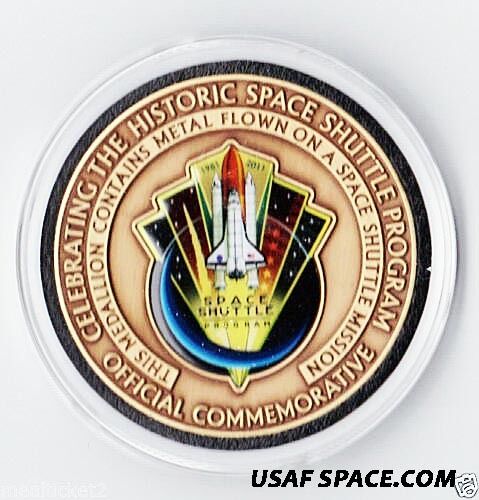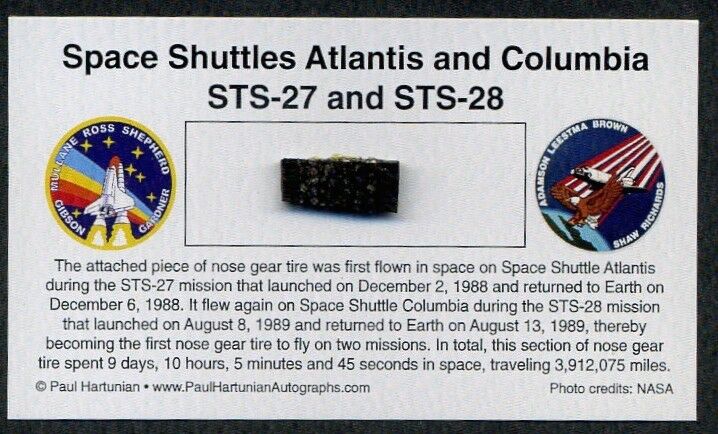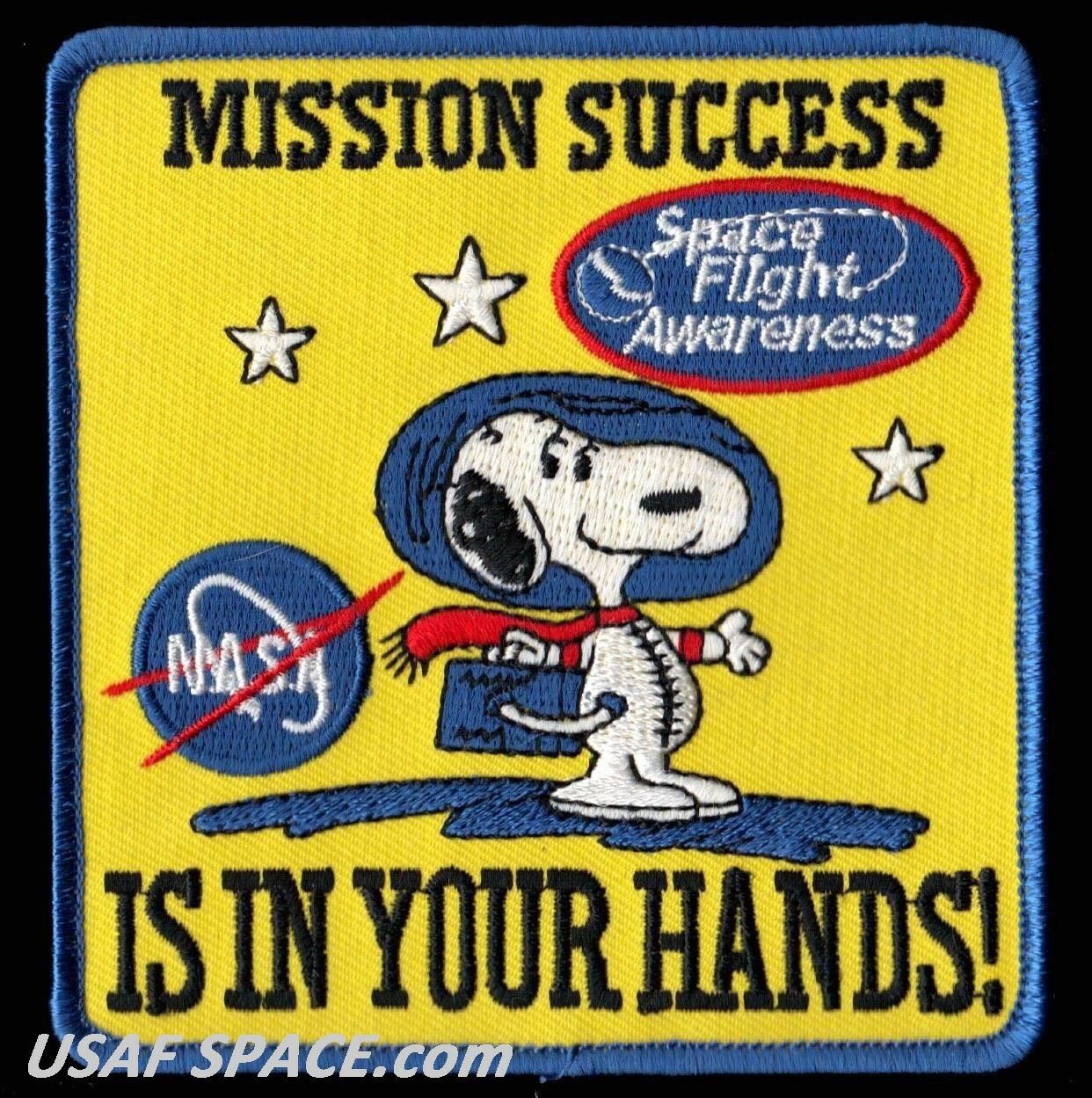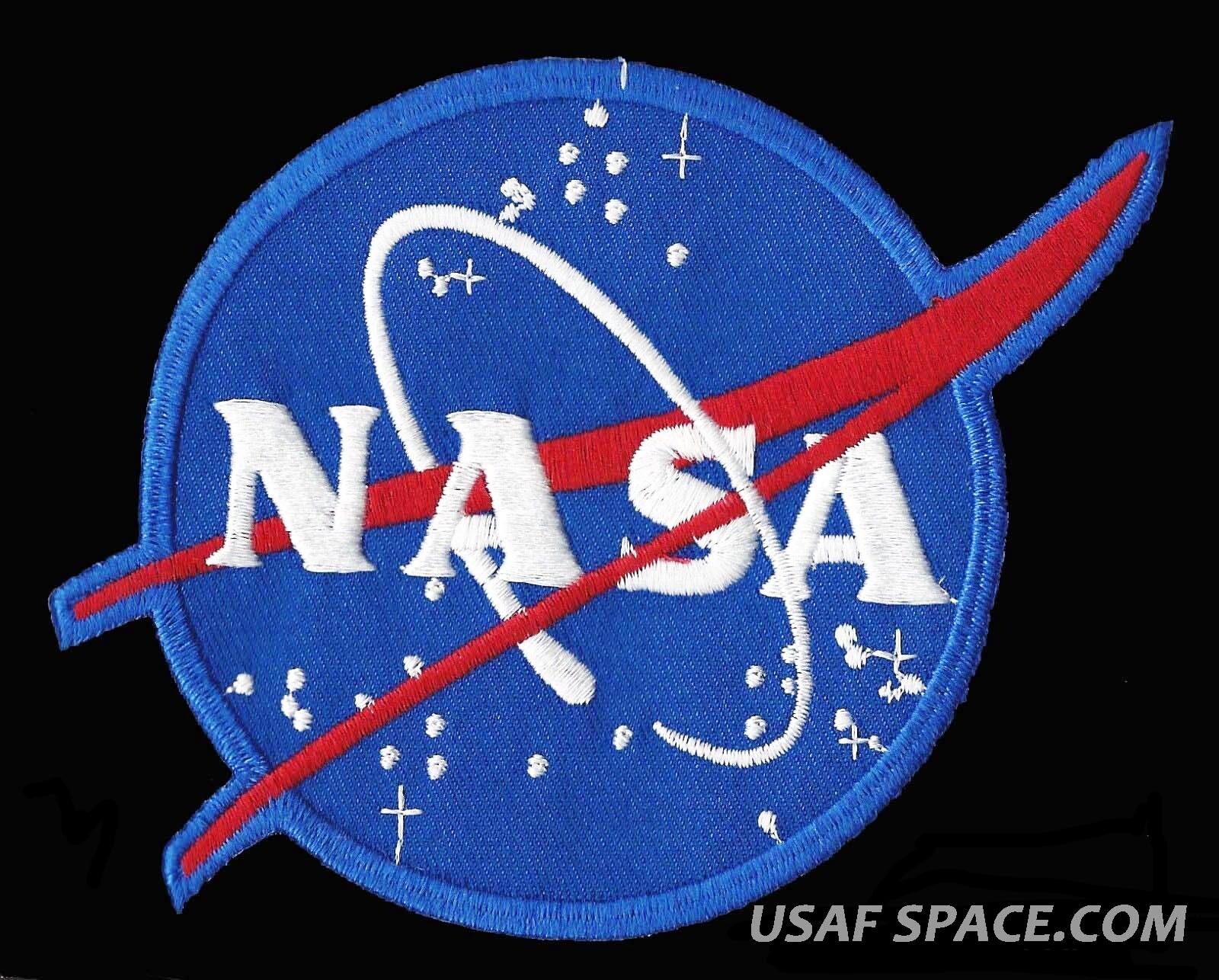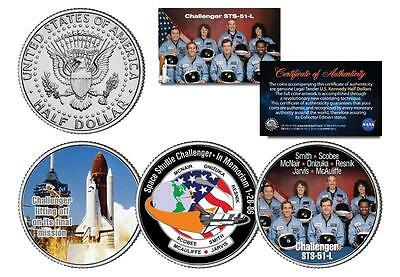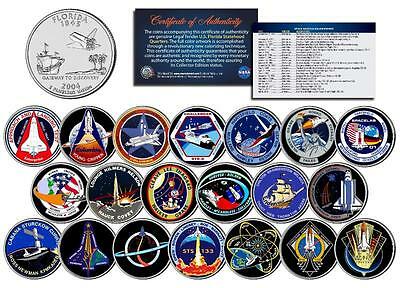-40%
Space Shuttle Flown Metal STS-71/Mir Mission Space Flight Awareness Medals (2)
$ 10.56
- Description
- Size Guide
Description
Two, Space Shuttle Atlantis Mission (STS-71 / Mir Space Station) Space Flight Awareness Flown Metal Medals, both with their Original Presentation Leaflet ProvenanceCreated to commemorate the first docking of the US Space Shuttle to the Russian Space Station Mir.
This limited edition medal was minted using metal removed from the Space Shuttle Atlantis following this historic first docking and also from the Mir Space Station.
Both items are in Very Good Used condition
Please see all attached pictures
Shipping includes a Tracking Number
STS-71
was the third mission of the US/Russian
Shuttle-Mir Program
and the first
Space Shuttle
docking to Russian
space station
Mir
. It started on 27 June 1995 with the launch of
Space Shuttle Atlantis
from
launch pad 39A
at the
Kennedy Space Center
in Florida. The Shuttle delivered a relief crew of two cosmonauts
Anatoly Solovyev
and
Nikolai Budarin
to the station and recovered
Increment
astronaut
Norman Thagard
. Atlantis returned to Earth on 7 July with a crew of eight. It was the first of seven straight missions to Mir flown by Atlantis.
For the five days the Shuttle was docked to Mir they were the largest spacecraft in orbit at the time. STS-71 marked the first docking of a Space Shuttle to a space station, the first time a Shuttle crew switched members with the crew of a station, and the 100th crewed space launch by the United States. The mission carried
Spacelab
and included a logistical resupply of Mir. Together the Shuttle and station crews conducted various on-orbit joint US/Russian life science investigations with Spacelab along with the Shuttle Amateur Radio Experiment-II (SAREX-II) experiment.
The Shuttle–Mir program
was a collaborative 11-mission space program between Russia and the United States that involved American
Space Shuttles
visiting the Russian
space station
Mir
, Russian cosmonauts flying on the Shuttle, and an American astronaut flying aboard a
Soyuz spacecraft
to engage in long-duration expeditions aboard Mir.
The project, sometimes called "Phase One", was intended to allow the United States to learn from Russian experience with long-duration spaceflight and to foster a spirit of cooperation between the two nations and their
space agencies
, the US
National Aeronautics and Space Administration
(NASA) and the
Russian Federal Space Agency
(Roscosmos). The project helped to prepare the way for further cooperative space ventures; specifically, "Phase Two" of the joint project, the construction of the
International Space Station
(ISS). The program was announced in 1993, the first mission started in 1994 and the project continued until its scheduled completion in 1998. Eleven Space Shuttle missions, a joint Soyuz flight and almost 1000 cumulative days in space for American astronauts occurred over the course of seven long-duration expeditions. In addition to Space Shuttle launches to Mir the United States also fully funded and equipped with scientific equipment the
Spektr
module (launched in 1995) and the
Priroda
module (launched in 1996), making them de facto U.S. modules during the duration of the Shuttle-Mir program.
During the four-year program, many firsts in
spaceflight
were achieved by the two nations, including the first American astronaut to launch aboard a Soyuz spacecraft, the largest
spacecraft
ever to have been assembled at that time in history, and the first American
spacewalk
using a Russian
Orlan spacesuit
.
The program was marred by various concerns, notably the safety of Mir following a fire and a collision, financial issues with the cash-strapped Russian space program and worries from astronauts about the attitudes of the program administrators. Nevertheless, a large amount of science, expertise in space station construction and knowledge in working in a cooperative space venture was gained from the combined operations, allowing the construction of the ISS to proceed much more smoothly than would have otherwise been the case.







